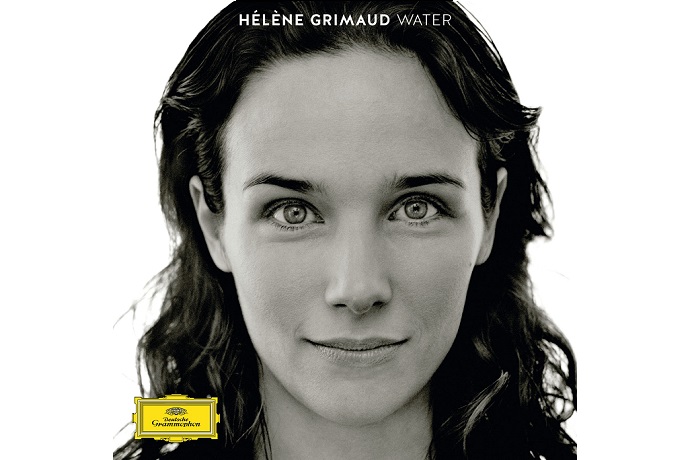
Hélène Grimaud, Water
By Neil Smith
Water is such a fundamental and ever-present part of human experience that our response to it as a theme can be deep and immediate. Our lives are flooded with watery images, a current that runs through Hélène Grimaud’s new album of piano music, which she has named after the element.
Water that is purifying, transcendental and melancholic is a feature of the album, with the inclusion of well-known impressionistic pieces like Debussy’s La cathédrale engloutie, Ravel’s Jeux d’eau and Liszt’s Les jeux d’eau à la Villa d’Este. While including more ineffable music on the album, Grimaud describes herself as a ‘hardcore environmentalist’ who seeks to deliver a message concerning many people’s lack of access to clean water. Any political message is rather hard to glean, but does at least give the impression that great care was taken over the formation of the programme.
The album expands beyond traditional realms in other ways too: many of the pieces are joined together by ‘Transitions’, created by composer Nitin Sawhney, whose job is to react to Grimaud’s sonic environment. Sawhney’s contributions are atmospheric and give some characterful contrast, including a track that sounds like a wonderfully distorted trip to the seaside. Yet a lack of musical argument gives the impression that these ‘transitions’ are rather less significant than the piano pieces they interleave.
The recording, as well as Grimaud’s playing, are remarkably clear in the rather boomy acoustic of New York’s Park Lane Armory, where the pieces were recorded across several live concerts. These events were created in collaboration with Turner-prize winner Douglas Gordon and consisted of the entire hall being covered with water, which reflected its surroundings and was subtly rippled by the sound of the piano. The more recent works that appear on the album are at home in this environment and are not short on atmosphere, with Grimaud giving wonderful renditions of Luciano Berio’s Wasserklavier and Toru Takemitsu’s Rain Tree Sketch II. Her clarity, however, sometimes seems at odds with the effect of some pieces. Whereas other pianists play Ravel’s tremolo as a shimmering colour, Grimaud gives us every note.
Despite these small reservations, this is a very engaging disc and a different approach to the solo piano album – a venture which should by no means be discouraged. ![]()
www.deutschegrammophon.com/gb/cat/4793426